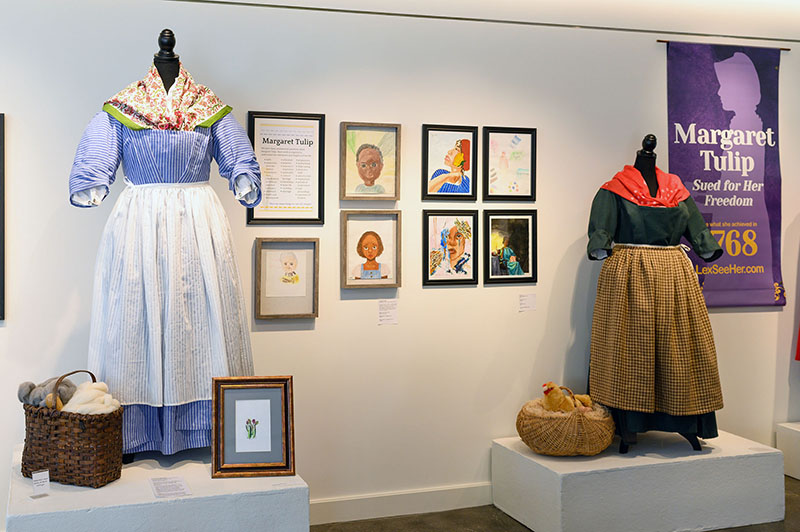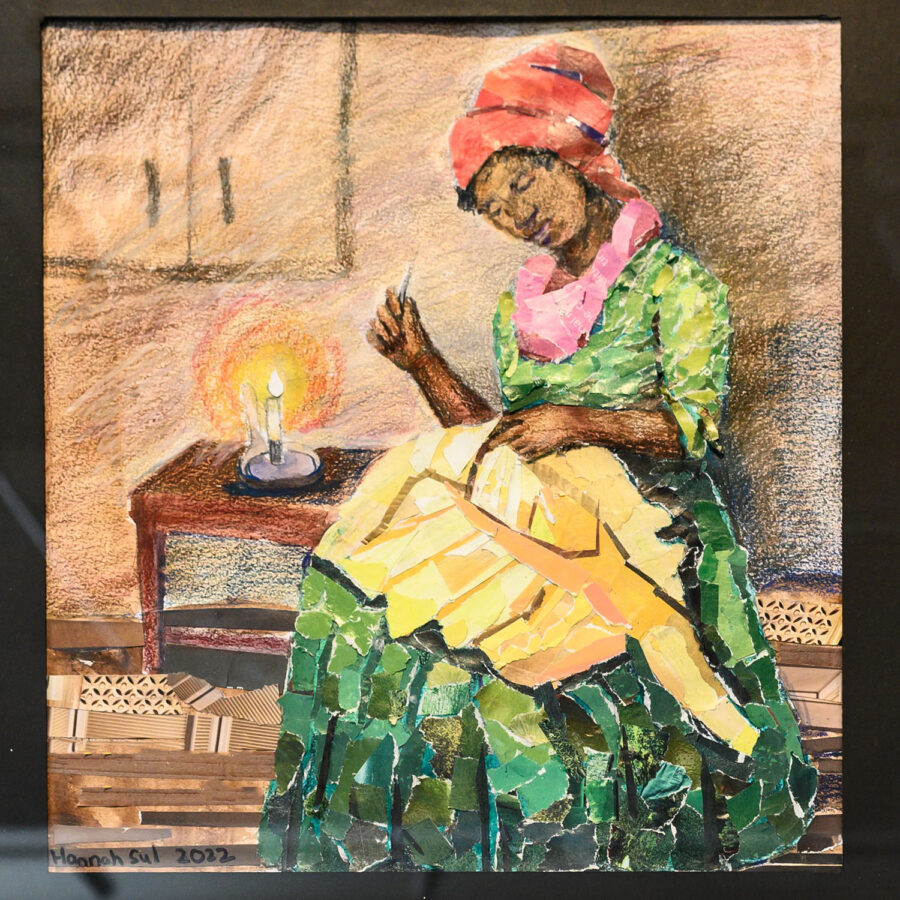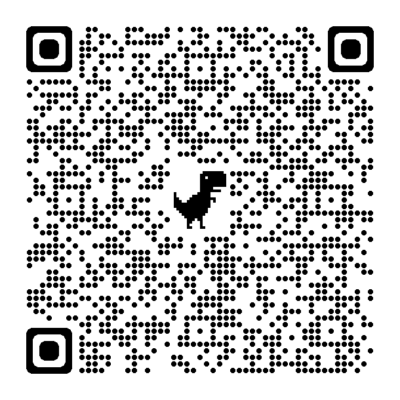 The Cary Library Foundation – raising private funds to support ‘pages, programs and possibilities’ at Cary Library – is thrilled to announce the kick off of a new $750,00 fundraising campaign supporting ChiRP! (Children’s Room Project). This project updates the Library’s lower level, including the Children’s Room and meeting spaces.
The Cary Library Foundation – raising private funds to support ‘pages, programs and possibilities’ at Cary Library – is thrilled to announce the kick off of a new $750,00 fundraising campaign supporting ChiRP! (Children’s Room Project). This project updates the Library’s lower level, including the Children’s Room and meeting spaces.
Transforming 20 Years of Being Well-Loved
Did you know? The Children’s Room has the highest use per square foot of any space in Cary Library. Well-loved, but also well-worn, it is in need of updates to serve and make it fully accessible to the next generation of Lexington kids.
Library services to young people have changed significantly since Cary Library’s last major renovation in 2004. While the library’s Children’s Room and meeting spaces were state of the art for their time, they do not work as well for today’s more participatory, people-first service models.

Cary Library Foundation Board Members left to right: Suman Murali, Martha Sevigny, Christine Manavian, Cindy Reuter, Pam Fowler, Marc Saint Louis, Mary Ellen Ringo, Executive Director, Liz O’Neil, Wei Ding, Sandra Galejs, Melanie Lin, Kimberly Hensle Lowrance, Marjan Kamali, Ann Boese. Not pictured: Jane Kalinski, April Wang, Veronica Caira, Jaya Vatsyayan, and Steve Yang. COURTESY PHOTO
21st Century Learners Need 21st Century Spaces
Cary Library’s current children’s spaces were designed in the late 1990s. Children’s programs included story times and performances. Young children came to quietly listen. Older,
school-aged children came to do reading and research.
Today we know that early literacy skills (talk, sing, read, write, play) are best supported when children can jump, walk and wiggle, using their whole body to learn and grow. Pre-school library programming has followed suit, becoming more playful and active. Library services for older children have also changed. Elementary education and library programming increasingly focus on experiential, hands-on learning in art, science, technology, and making. To meet our children’s programming needs, the Children’s Room requires a more flexible, adaptable use of space.
A Transformed Large Meeting Room
Next door to the Children’s Room, the Large Meeting Room was designed as an adult programming space for lectures and performances. But since 2004, library use has changed for adults as well, especially reflected in an increased interest in “hands on” programs about cooking, gardening, and crafting.
CHiRP! will add a mobile kitchen for cooking and science demonstrations and include storage to hold equipment needed for craft and making programs. Updated technology will allow Cary Library enhanced hybrid programming, improving the experience for those attending both virtually and in-person. These changes will result in a more flexible space to better serve children and teens, as well as adults.
Along with increased versatility, a transformed Children’s Room will include structural changes making spaces more accessible and comfortable for everyone. Shelves will be lower and aisles comfortably widened for wheelchair access. Restrooms will be improved and the Children’s Service Desk reconfigured to better serve all individuals. Clear sight lines from the service desk to preschool play areas put people and safety first. New carpet, more appropriate lighting, appropriately sized furniture, and a dose of whimsy will make the space inviting.
In the Large Meeting Room, adaptable lighting will improve the experience of library patrons with sensory challenges. An updated hearing loop system will be installed to accommodate individuals with hearing loss. Additionally, the project allows an update to the lower level’s HVAC system, improving energy efficiency and helping Lexington meet its sustainability goals.
This transformation’s guiding principle? Make our library work for everyone!
To learn more go to: https://www.carylibrary.org/children/chirp
To support ChiRP! go to: https://www.carylibraryfoundation.org







